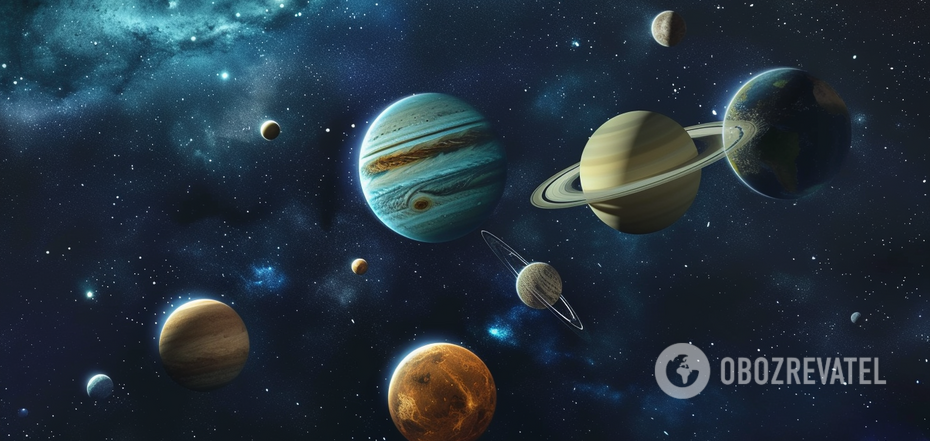News
Where the ninth planet of the solar system is hiding and why it is so hard to find: scientists have answers
For many years, it was believed that there were 9 planets in the solar system, the cosmic home of our Earth. However, everything changed on August 24, 2006, when the International Astronomical Union excluded Pluto from this number. It was officially recognized as a dwarf planet and equated with Eris and Ceres. Disputes over this issue continue to this day. The same goes for the question of whether there is another ninth planet in the solar system that astronomers still cannot see for sure.
What modern science knows about this is reported by The Conversation. It turns out that the more clues we get, the more mysteries we face.
Why is Pluto not a planet?
The "demotion" of Pluto to the status of the most distant planet in the Solar System occurred after the discovery of Eris, a trans-Neptunian object that is also located at the edge of our planetary system and has comparable size and mass. Astronomers then concluded that the discovery of such objects would become more and more common as the power of telescopes increased. This is what eventually happened. Five dwarf planets are already known in the Solar System today.
This forced scientists to clarify the criteria by which a space body can be recognized as a planet. They agreed on 3 points:
- the object must orbit a star (in our solar system, it is the Sun);
- it must be large enough for gravity to give it a spherical shape;
- it must also be large enough for its own gravity to destroy any other similarly sized objects in its orbit.
Pluto does not meet the third criterion. In particular, some researchers consider it and its largest moon Charon to be a double planet. In addition, it orbits in the Kuiper belt, an area that is quite densely populated by celestial bodies.
Could there be another ninth planet?
The laws of physics are quite strict and can be described by mathematical formulas. However, the discovery of new distant dwarf planets has shown astronomers that not everything in the calculations of the orbits of these objects matches.
Sophisticated modeling on supercomputers makes it possible to calculate gravitational interactions even in such a complex environment as our solar system. And in 2016, after modeling dwarf planets and their trajectories, astronomers from the California Institute of Technology Konstantin Batygin and Mike Brown concluded that mathematically, there must be an undiscovered ninth planet within the system.
Calculations have shown that it should have a mass about ten times that of the Earth. And the estimated distance to it is 90 billion kilometers from the Sun, which is about 15 times farther than Pluto. Some scientists are skeptical of this hypothesis, but some find it promising and are looking for this mysterious object.
From the point of view of the average person, it seems that there is nothing complicated about it as you just need to point a powerful telescope at the appropriate sector of the sky. If we can see galaxies billions of light-years away, shouldn't we be able to detect the ninth planet in our solar system?
In fact, the task is complicated by the fact that planets do not glow on their own, they only reflect the light of stars, and the lack of light radiation makes it difficult to find them. Thus, according to the most optimistic estimates, the potential ninth planet is at the limit of the depth that the largest telescopes on Earth can see. And this planet should be 600 times dimmer than Pluto.
Another problem is that we don't know exactly where to look. Our solar system is really big, and it will take a lot of time to explore the part of it where a potential ninth planet could be orbiting. What makes the situation even more complicated is that there is only a small window each year during which conditions are suitable for this search.
Currently, scientists are relying on the results of a team of researchers who worked at the Atacama Cosmological Telescope (a millimeter-wave radio telescope). In 2021, they published an article that, although unable to confirm the existence of the ninth planet, identified a dozen candidates for further observation. Even though we may know the truth in a few years, there is still a lot of scientific work to be done.
Subscribe to OBOZ.UA on Telegram and Viber to keep up with the latest developments.



























